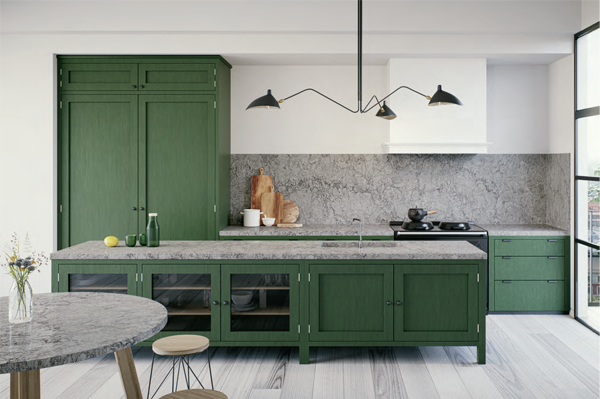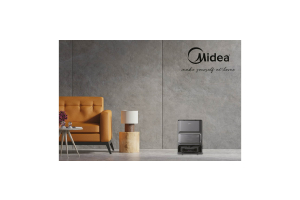Picking The Right Materials For Your Home
PICKING MATERIALS FOR YOUR FLOORS, WALLS OR COUNTERTOPS? DISCOVER THE BEST OPTIONS FOR YOUR LIFESTYLE NEEDS.
Engineered Quartz
Made by combining crushed quartz with resin and pigment, this popular option comes in a variety of colours and patterns that often mimic more expensive natural stone. People love it because it’s scratch-, stain- and heat-resistant, which makes it ideal for use in the kitchen or bathroom.
| PROS: | It requires less upkeep than natural stone yet looks as beautiful. It’s non-porous so it’s less likely to breed bacteria and you won’t need to seal it from time to time. |
| CONS: | It’s still one of the more expensive surface options and putting hot things directly on it can discolour its surface. |

Laminates
Most commonly used to clad furniture or create patterns on walls, laminates are available in a large variety of hues and designs. You can get them in solid matte or high-gloss colours, some laminates even mimic patterned cloth, stone, metal and leather.
| PROS | They’re easy to install, relatively inexpensive, and some are also fire-resistant and come with antibacterial and antifungal qualities. |
| CONS: |
They may be damaged by sharp objects and need to be handled carefully during installation as they can be rather brittle. Laminates also don’t feel like real stone or wood and repeating patterns could be a dead giveaway. |

Concrete
Depending on the rest of your decor and whether you dye or paint it, concrete surfaces can look edgy or rustic. You can use it from floor to ceiling and a good coat of sealant should help the surface last a long time and stop it from feeling chalky.
| PROS: | It’s very hardy and easy to care for. Just clean it with a damp mop or cloth and light detergent as anything too acidic or alkali could corrode the concrete. |
| CONS: | Although concrete may be hard, anything dropped on it can still chip or wear down the concrete surface. It may also cause more serious injuries in the event of falls so it’s not recommended for homes with children or elderly folks. Additionally, concrete may crack over time due to temperature changes or dampness resulting from worn or shoddy sealing. |
READ MORE: CITY LIVING MAGAZINE | FOLLOW US: Facebook | SHOP NOW: Gain City






